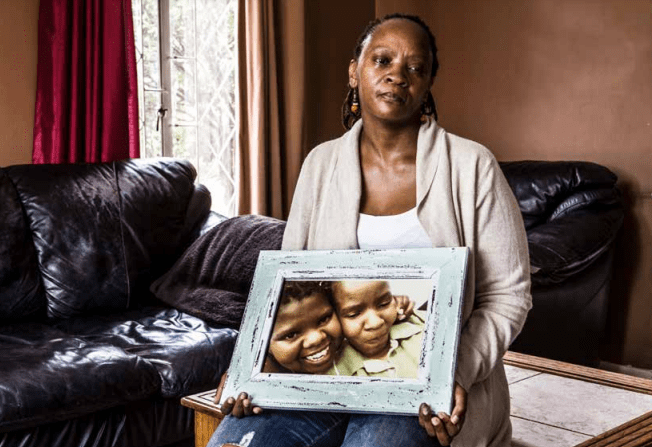New biometric system to curb tobacco side marketing: TIMB
Business Reporter THE Tobacco Industry and Marketing Board (TIMB) has started implementing a new biometric management system aimed at curbing the prevalent issue of side marketing within the tobacco sector, an official has said. The industry’s regulatory body is collecting fingerprints from each tobacco farmer and linking them to their unique grower number. The biometric […]


Business Reporter
THE Tobacco Industry and Marketing Board (TIMB) has started implementing a new biometric management system aimed at curbing the prevalent issue of side marketing within the tobacco sector, an official has said.
The industry’s regulatory body is collecting fingerprints from each tobacco farmer and linking them to their unique grower number.
The biometric data is complemented by GPS coordinates of the growers’ farms, TIMB acting chief executive officer Mr Emmanuel Matsvaire said.
When farmers collect inputs from contractors, the authenticity of the growers is verified using the biometric system. TIMB will provide contractors with devices equipped with biometric scanners to facilitate this process. The system makes it impossible for farmers to be contracted by two tobacco merchants.
The indebtedness of the farmers is also captured in the system, minimising the potential for contractors to manipulate the growers’ financial obligations.
Additionally, farmers will also use the biometric system when selling their crop, ensuring that their identity aligns with their grower number.
The old system, which relied solely on registration, allowed non-farmers to participate in the market, fuelling side marketing and leading to high rates of default. TIMB hopes the new biometric system will address these challenges and promote a more transparent and efficient tobacco market.
Side marketing, a practice involving breach of contract, where farmers sell their crops to non-contracting merchants, remains a significant challenge for the industry. Thousands of individuals not involved in tobacco farming, including employees of certain merchants, obtained growers’ numbers to sell tobacco that had been contracted by other firms.
“We have mobile teams collecting biometric data across the country,” said Mr Matsvaire in an interview on Friday.
“The system will help eliminate corrupt elements by verifying their identities and improving the stop order system to prevent the misuse of growers’ numbers.”
Side marketing remains a huge problem in the tobacco industry, responsible for millions of dollars in lost revenue. It also poses a threat to the industry.
Last year, TIMB launched an investigation into suspected fictitious grower numbers used for side marketing. It blocked nearly 550 grower numbers on strong suspicion of their use in side marketing.
While TIMB cannot accurately quantify the annual losses due to the illegal nature of side marketing, it is estimated that five exporters alone lost US$57 million in 2021 largely due to the practice.
To illustrate the potential consequences of side marketing, Zimbabwe’s cotton industry nearly collapsed after several contractors withdrew from the sector or reduced their funding. They took this action after incurring substantial losses due to side marketing.
Zimbabwe’s cotton production plummeted from a peak of 351 million kg in 2010 to 28 million kg in 2013, the lowest output in nearly two decades.
This decline was primarily attributed to a lack of funding arising from side marketing.
Mr Matsvaire said TIMB’s new biometric grower management system would prevent a similar scenario from happening in the tobacco industry, and help grow the sector into an US$8 billion industry by 2025.
Tobacco is the country’s second largest foreign currency earner after gold, and is primarily grown by small-scale farmers who benefitted from the land reform programme implemented at the turn of the millennium.
Meanwhile, Mr Matsvaire
said preparations for the upcoming cropping season were progressing well as the country seeks to
achieve a tobacco yield of 300 million kg.
Despite the El Niño drought that destroyed various crops last year, tobacco performed relatively well, declining by 20 percent to approximately 231 million kg from a record 297 million kg during the previous season.
This season’s target aligns with the Tobacco Value Chain Transformation Plan, which also seeks to enhance beneficiation and raise local funding.
What's Your Reaction?








































